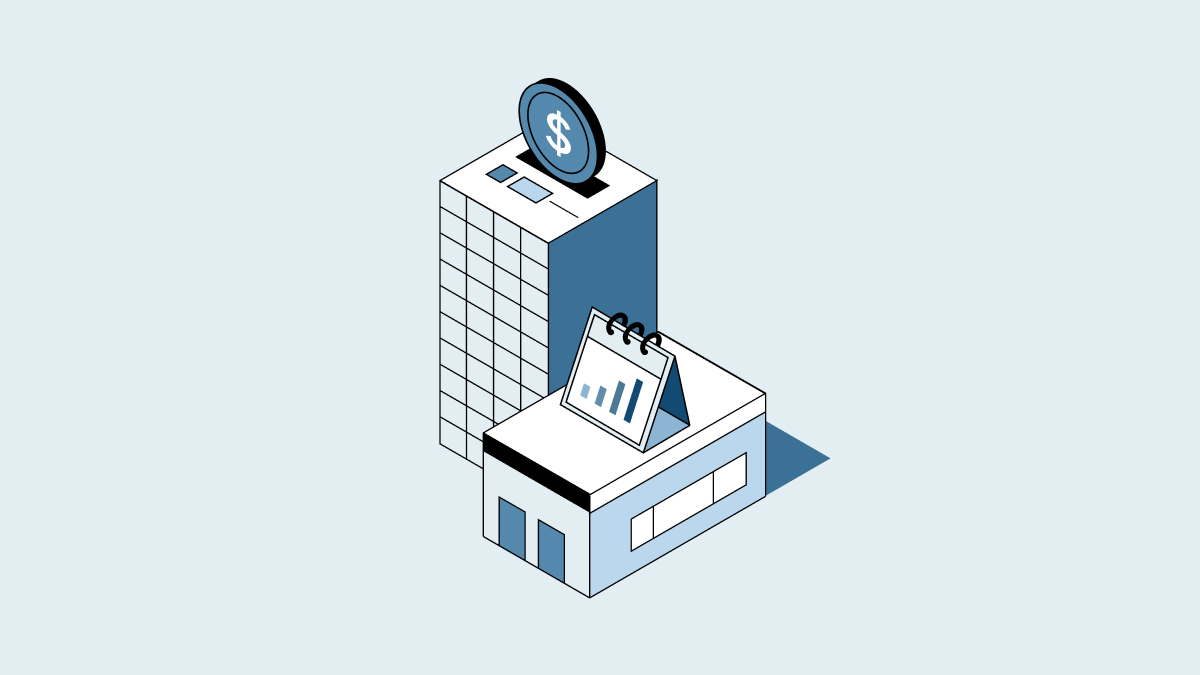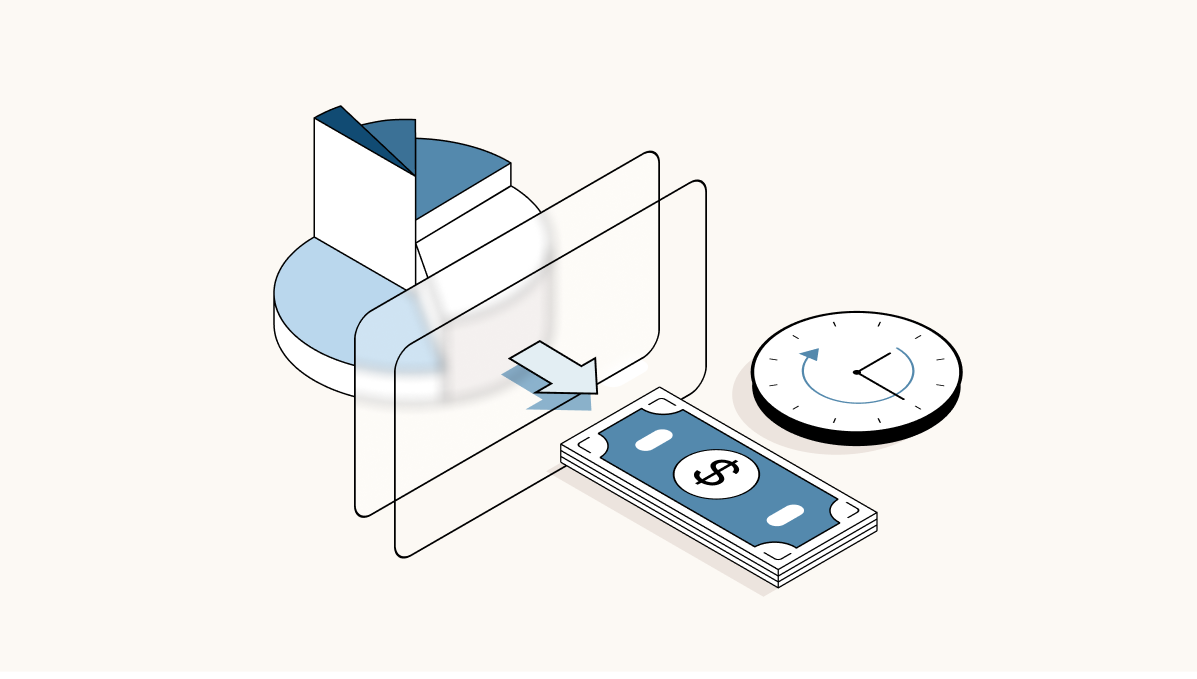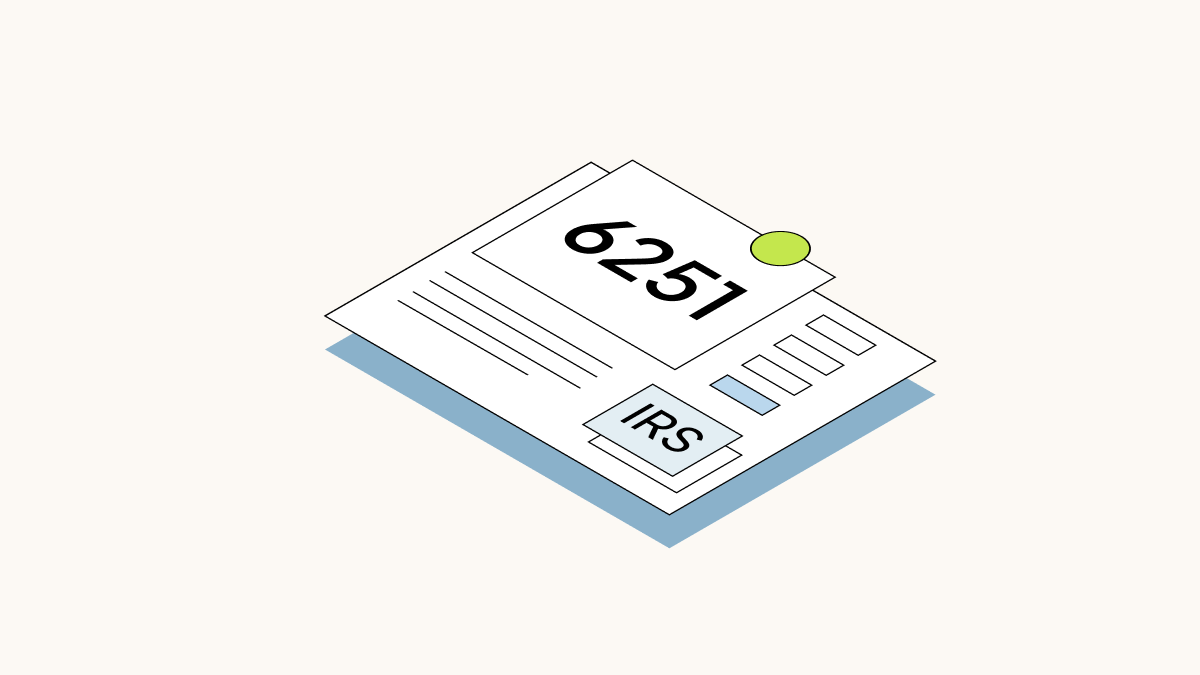What is an employee stock purchase plan (ESPP)?
An employee stock purchase plan (ESPP) is a program public companies can offer that allows you to buy shares of your company’s stock—usually at a discounted rate.
How do ESPPs work?
Similar to 401(k) contributions, with an ESPP, you choose how much you want to contribute—either a fixed dollar amount or percentage of your paycheck. Your company takes this amount out of your paycheck (post-tax) each pay period and holds onto it. Then, on designated purchase dates, your employer uses that money to issue shares back to you.
Before participating, make sure you can afford to receive less money each paycheck, and check to see if your employer has limits on how much you can purchase. Many plans don’t allow you to contribute more than a certain percentage of your take-home pay, and the IRS doesn’t allow you to purchase more than $25,000 worth of stock per calendar year through your ESPP (using the market value of the stock at offering to calculate this amount).
What’s the difference between a qualified and non-qualified plan?
Qualified ESPPs qualify for favorable taxation if you hold your shares for a certain amount of time—see What are the tax implications of participating in an ESPP below. Because of this benefit, your company must follow certain rules, including:
-
Shareholders need to approve the plan before the company implements it.
-
Anyone who owns more than 5% of the company can’t participate.
-
All other employees must be allowed to participate unless there are specific exclusions (for example, your company could exclude highly-compensated employees).
Non-qualified ESPPs aren’t as complicated or restrictive as qualified ESPPs, but they don’t qualify for the more favorable tax treatment.
What are the benefits of participating in an ESPP?
Depending on your plan, you may be able to purchase stock for up to 15% less than the market price. For example, if your company’s stock is trading for $50 at the time of purchase, you may only have to pay $42.50 per share.
Companies also usually offer a lookback provision, which means they’ll look at the share price at the beginning of the offering period and the share price on the purchase date and use the lower amount to calculate your purchase price later in the offering period.
When can I sell my ESPP stock?
You can either sell your ESPP stock during open trading windows or hold on to them.
If you sell your shares right after the purchase date, you usually make money, as you paid for them at a discounted price. However, if you think your company’s stock will become more valuable in the future, you could wait and see if you can sell them for more later.
Waiting could also lessen your tax burden. If you meet the holding period and sell in a qualifying disposition, you could end up reducing your taxes.
There are some risks in holding your shares, though. They could become less valuable and you could make less money when you decide to sell. Plus, financial advisors typically recommend diversifying your portfolio as much as possible—not keeping a bunch of your money tied up in the same stock.
What are the tax implications of participating in an ESPP?
With qualified ESPPs, you usually don’t have to pay taxes when you receive the stock. However, you do pay taxes if you sell, trade, exchange, transfer, or give away your shares.
How you’re taxed depends on how long you hold your shares.
-
Qualifying disposition: If you hold your shares for at least one year after your purchase date and two years after your offering date, you’ll pay ordinary income tax on either the discount you received off the purchase price or your actual gain—whichever is lower—and long-term capital gains tax on any profit between the price you paid for your shares and how much you sold them for.
-
Disqualifying disposition: If you don’t meet the above holding period, you’ll pay ordinary income tax on the difference between what the shares were worth when you purchased and your purchase price. Any additional profit is taxed as capital gains.
With non-qualified ESPPs, you pay taxes on the difference between the value of the shares at purchase and the price you paid when you purchase the shares.
How do I get started?
Talk to your HR team to get all the necessary information about how to enroll and start contributing, what dates you need to know, and any limitations.
Companies looking to offer an ESPP program to their employees should check out Carta. With Carta, it’s easy for employees to enroll and track contributions. Talk to an expert to learn more about how Carta can help run your ESPP.



